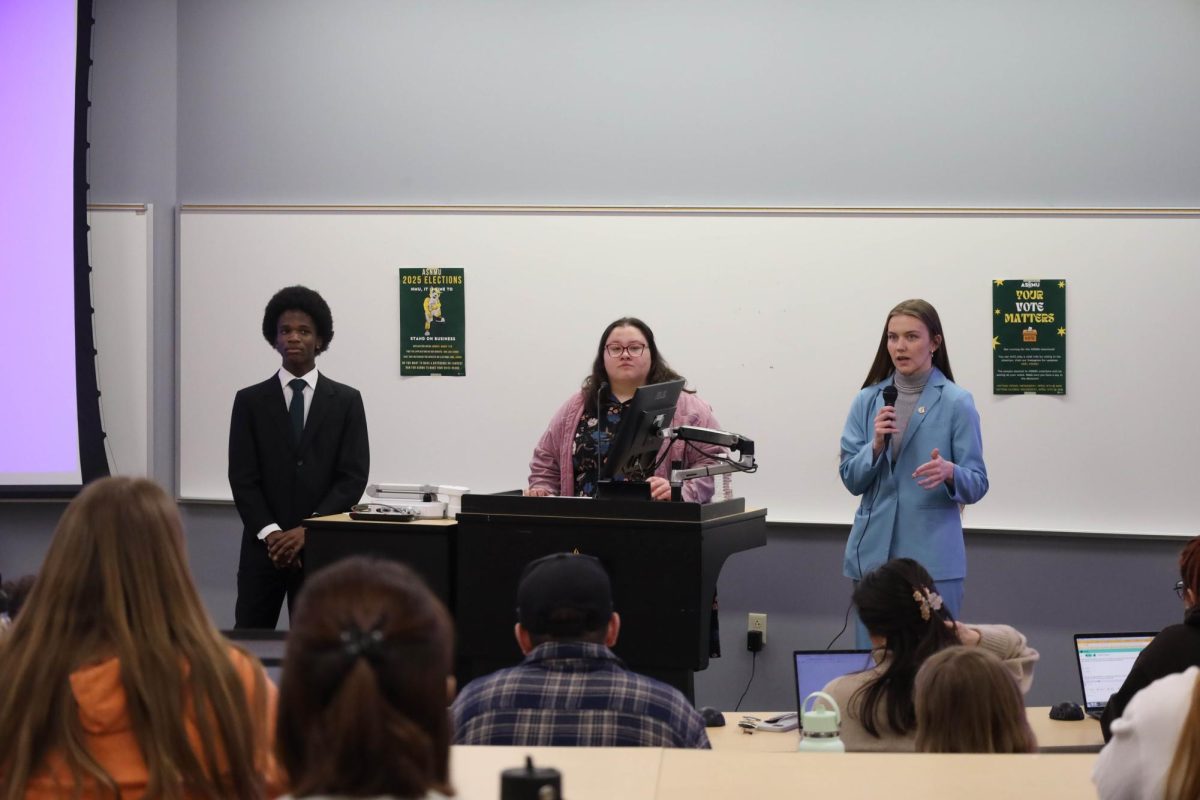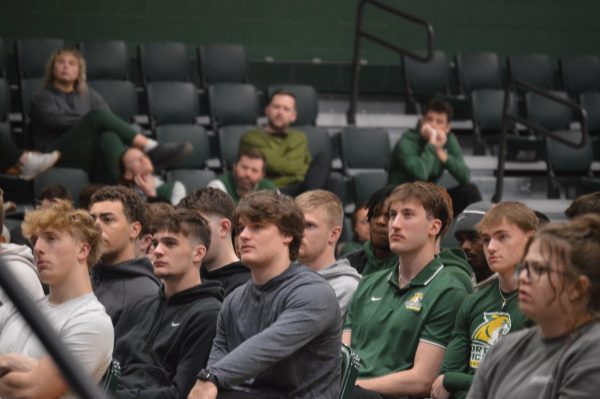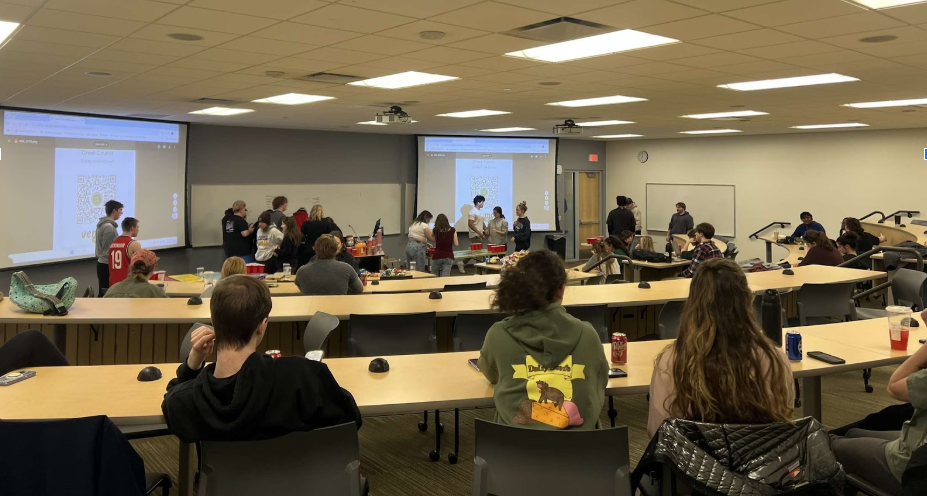On Feb. 18, the Academic Senate approved the communication and media studies department’s movement to make curriculum changes which will be implemented in the Fall 2020 semester. Rather than expecting students to choose from an assortment of electives, specific concentrations have been grouped together.
The communication and media studies department is taking steps to rebrand. This includes small changes like repainting the office, getting new furniture and adding new wall graphics. But the biggest change will be made to the curriculum of the major.
It is hoped that the changes, which began as part of the university’s Strategic Resource Allocation project, will create tracks that foster cross-departmental collaboration and a greater understanding of what students can do with a communication degree, Communications Instructor Sara Potter said. Although individual course curriculums have not been altered, they have been grouped in a new way to allow for the pursuit of these concentrations.
“Two years ago, I started teaching senior capstone, and one of the things that I quickly realized was that our students were kind of taking this buffet of random major electives, whatever was offered, whenever it was offered, with limited understanding of how they connected,” Potter said. “We moved our curriculum more towards interdisciplinary skill sets. We’re centering communication as the focus while expanding knowledge in many other fields and vice versa.”
The changes didn’t touch the core of the communications major program, which includes foundational and critical thinking courses. Instead, the department created tracks, or concentrations, for students to choose from. The newest concentrations include Public Communication and Social Influence, Health and Environmental Communication, Intercultural Interpersonal Communication and Organizational Communication.
“These concentrations will help our majors by providing areas of emphasis in the discipline at large that have become very popular, such as environmental and health communication,” Potter said.
The communications major will also no longer require a minor, although students are encouraged to choose a minor to enhance their learning. The choice to eliminate the minor requirement and add in specific concentrations is hoped to result in less hours collectively spent by students. However, Potter stressed that the major remains focused on communication as a whole as “the building block” for deepening student knowledge.
“We made the concentrations interdisciplinary so the students are not losing out on the connections to other programs and other courses across campus,” Potter said.
As part of this effort towards making students requirements more reasonable, students may double count courses between General Education requirements and the Communications major or minor.
“One of the things I saw was that if we offer our classes to students in the department that are interdisciplinary across the university, we’re benefiting everyone from that. We’re working from a mutually inclusive goal of giving our students what they need in our program, while also giving them the flexibility to go to other places to expand their work,” Potter said.
The new variation of concentrations will allow students to keep communication as the central focus but allows them to gain a larger understanding of what communication majors can do with their degree. More information on specific concentrations can be found on the NMU Registrar’s page.

























